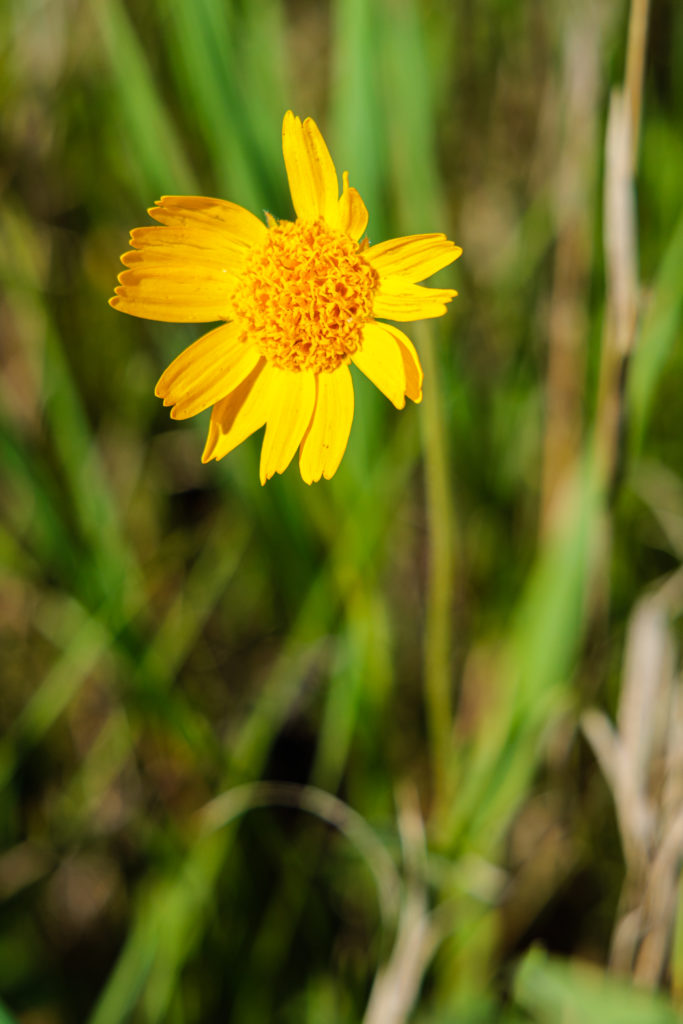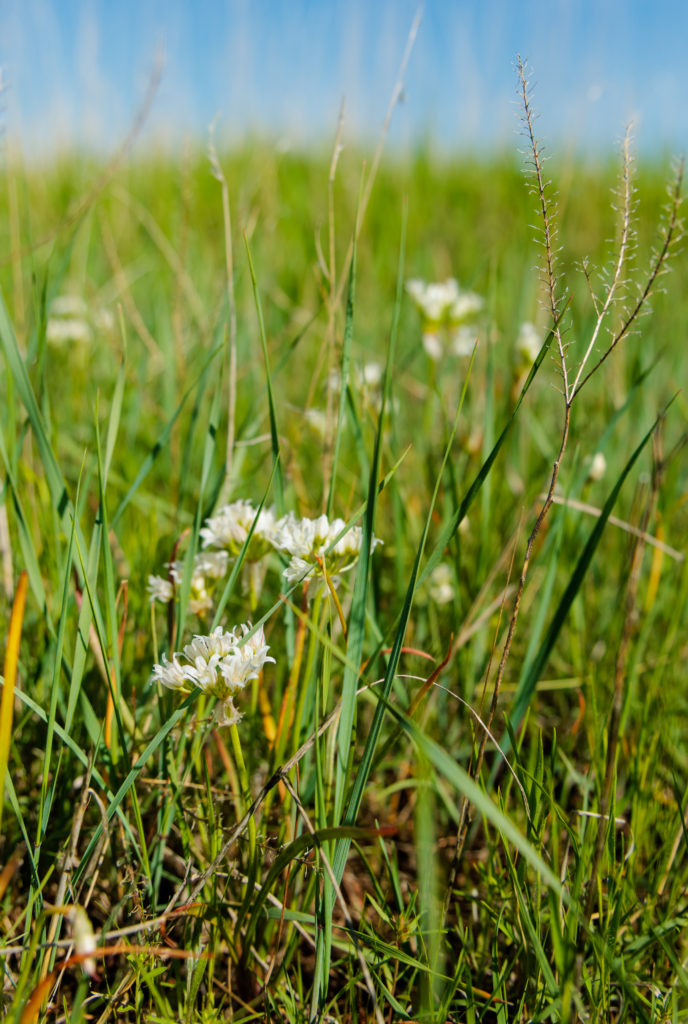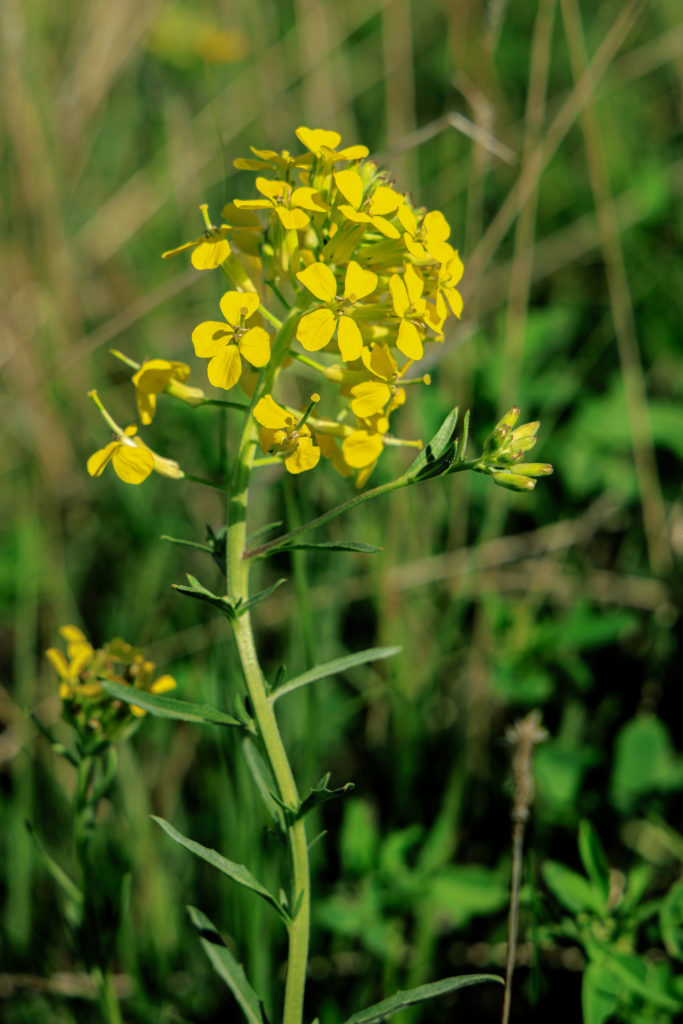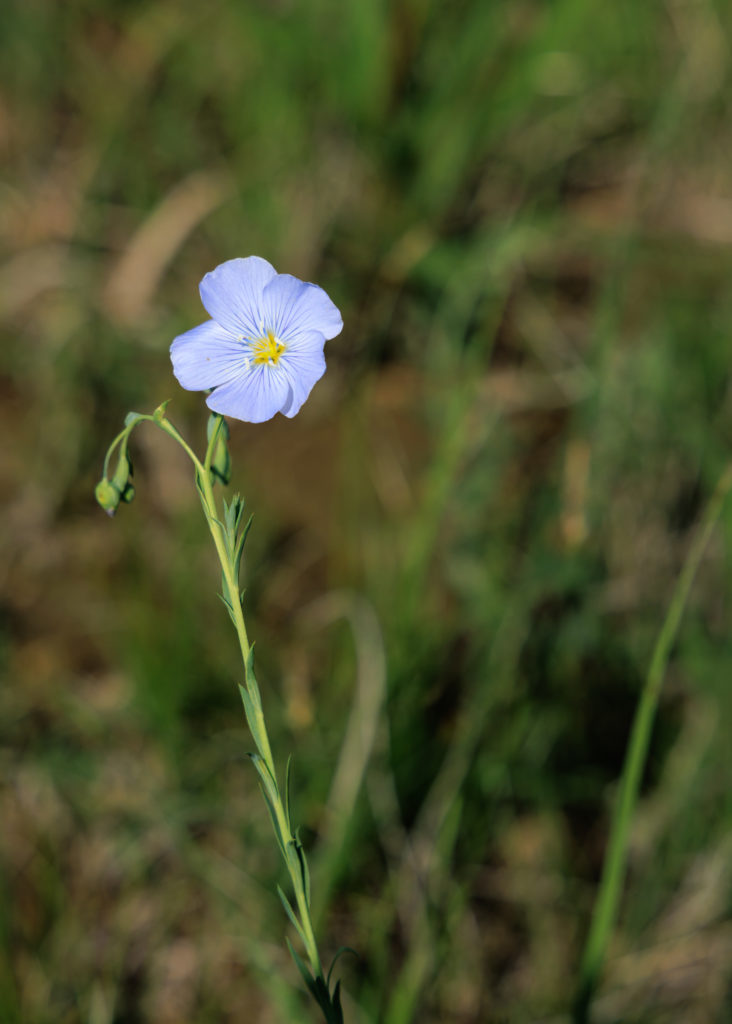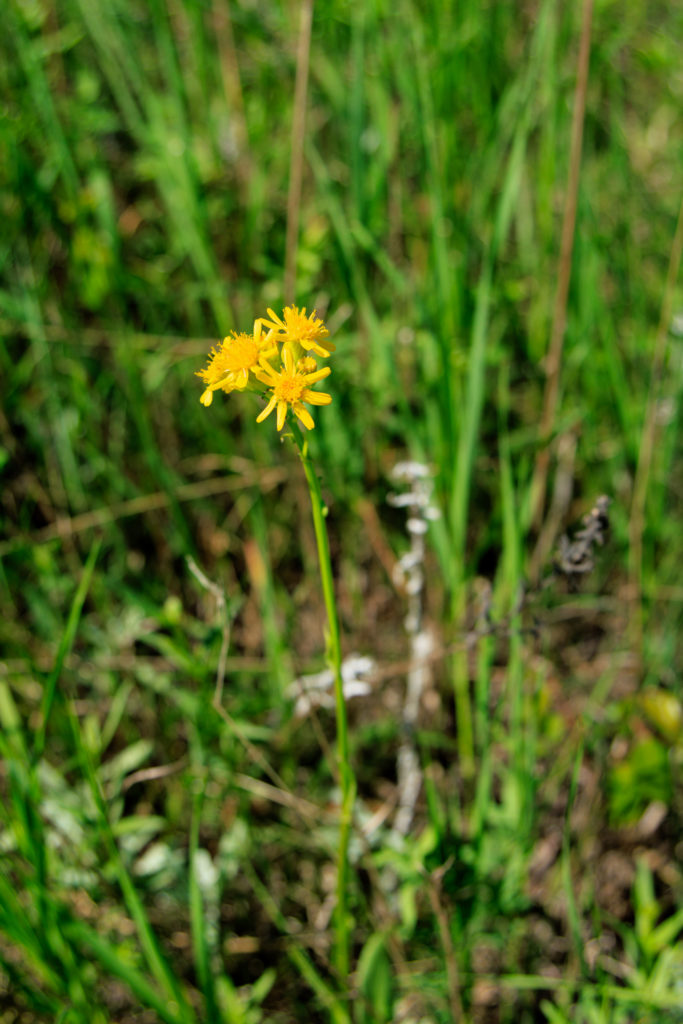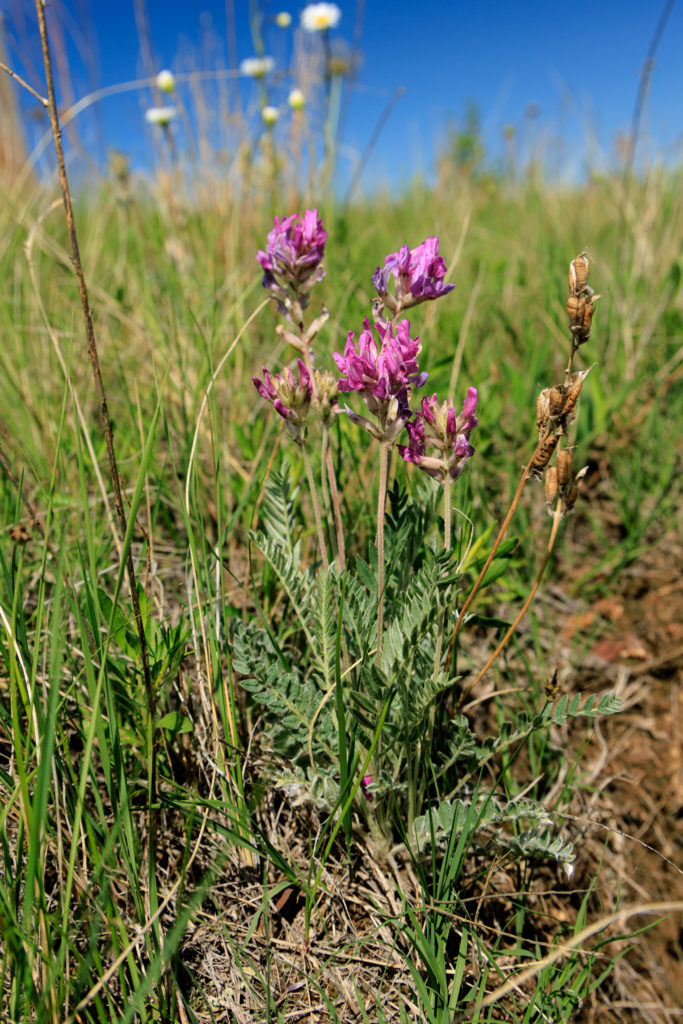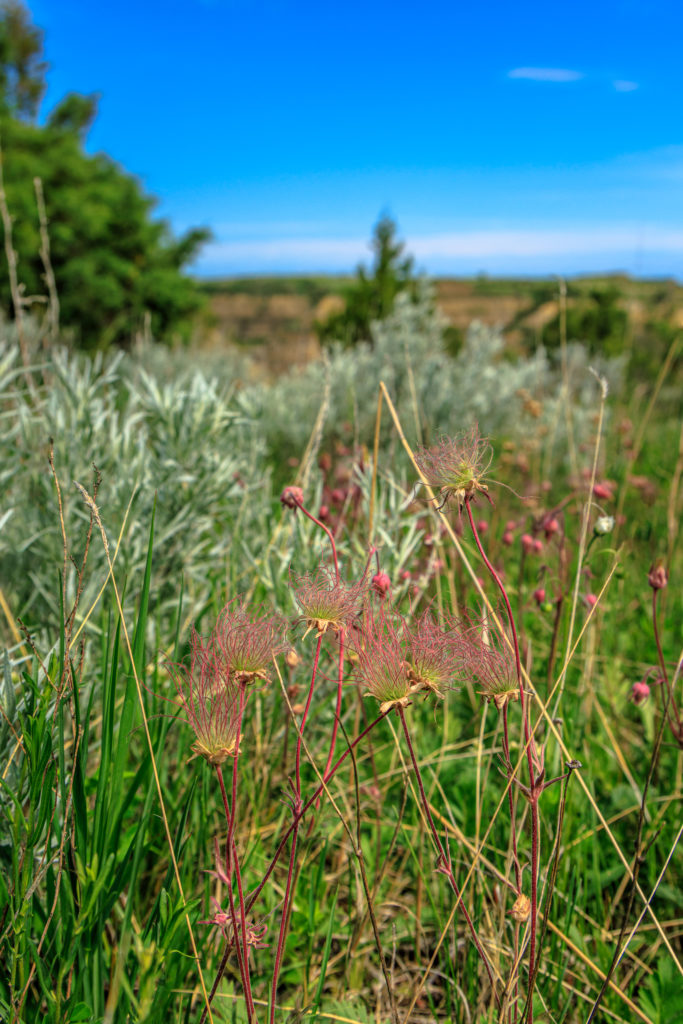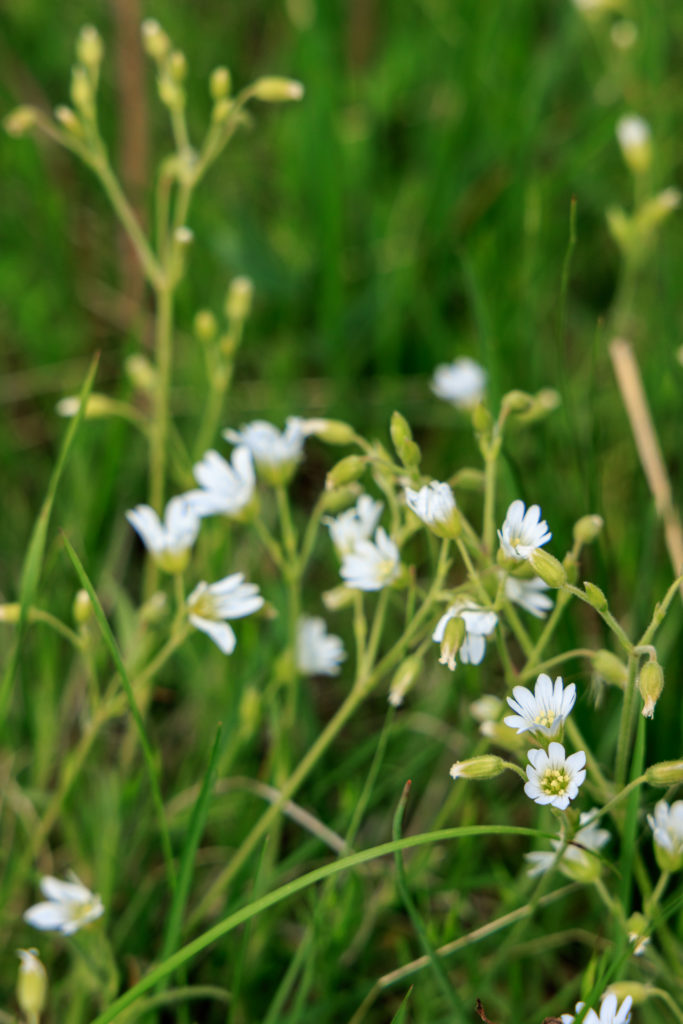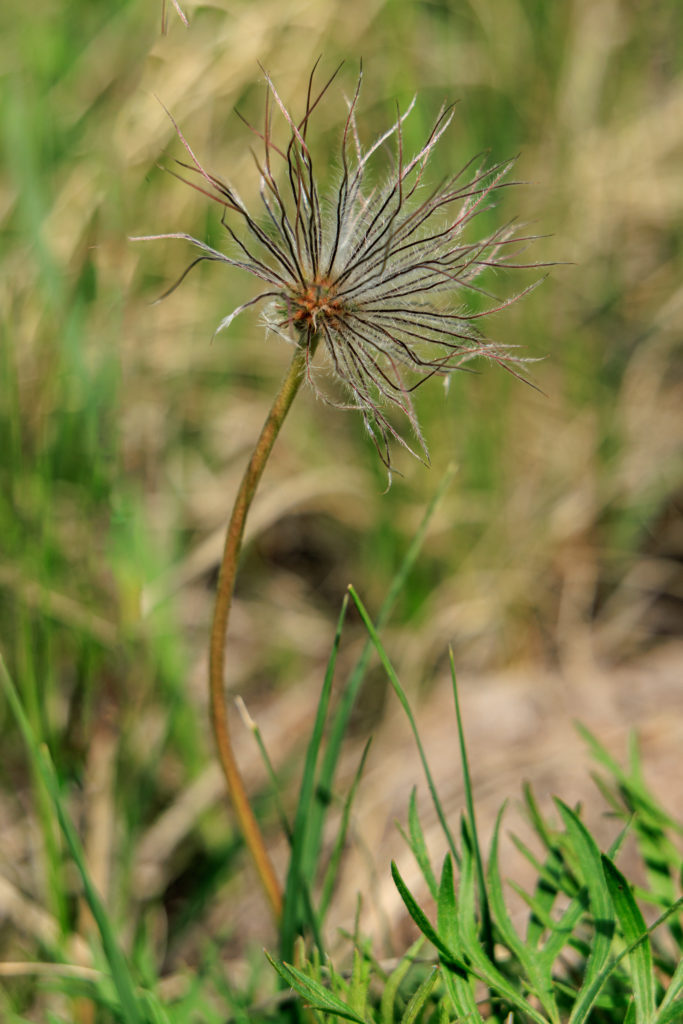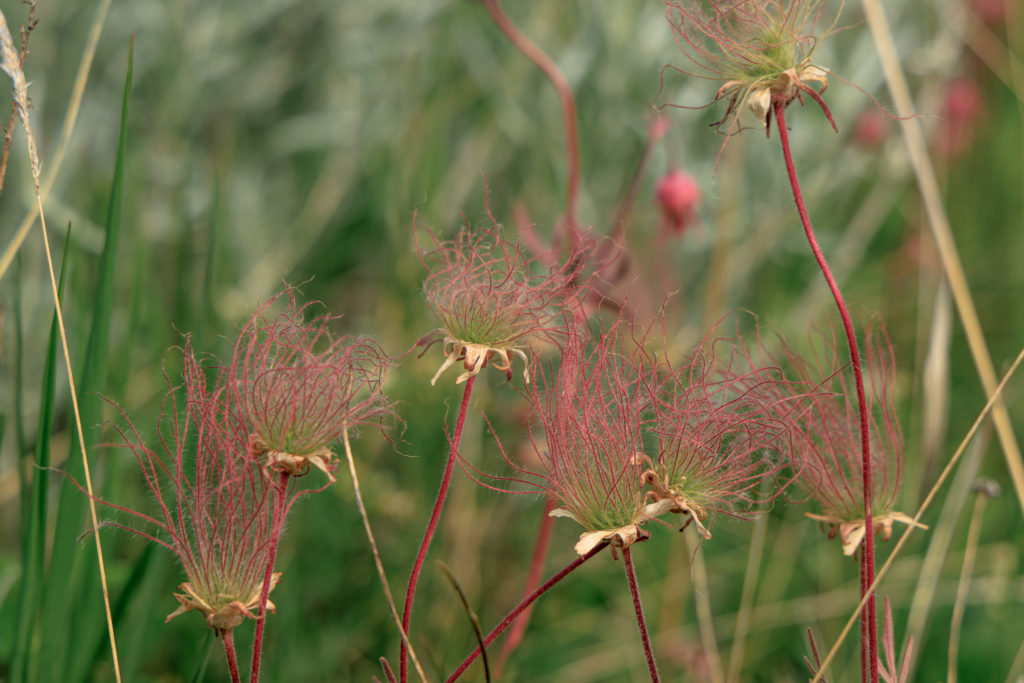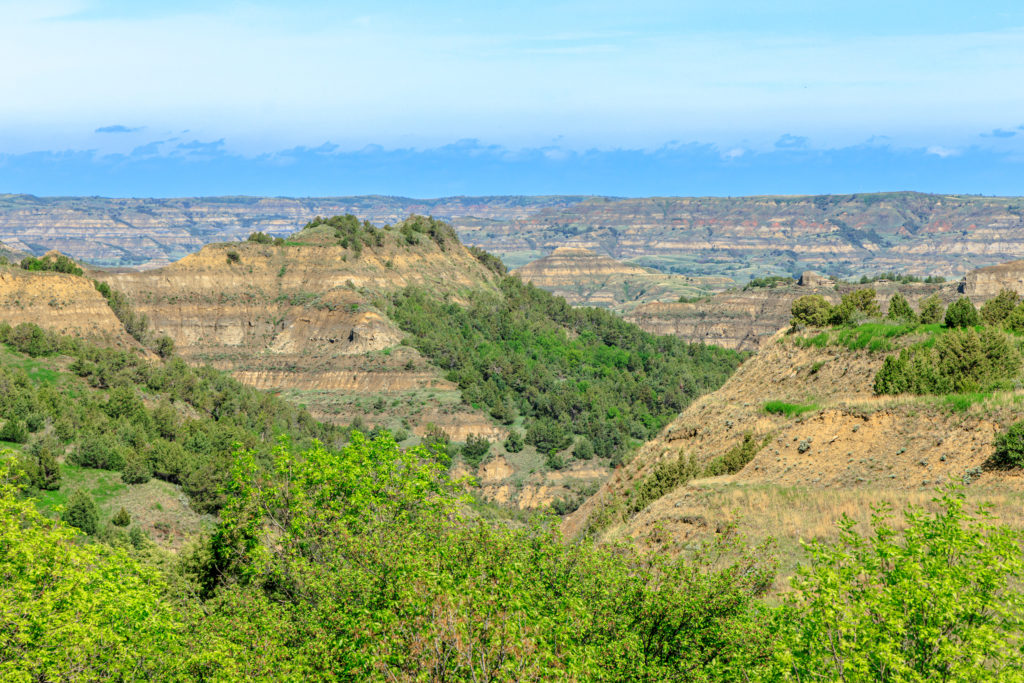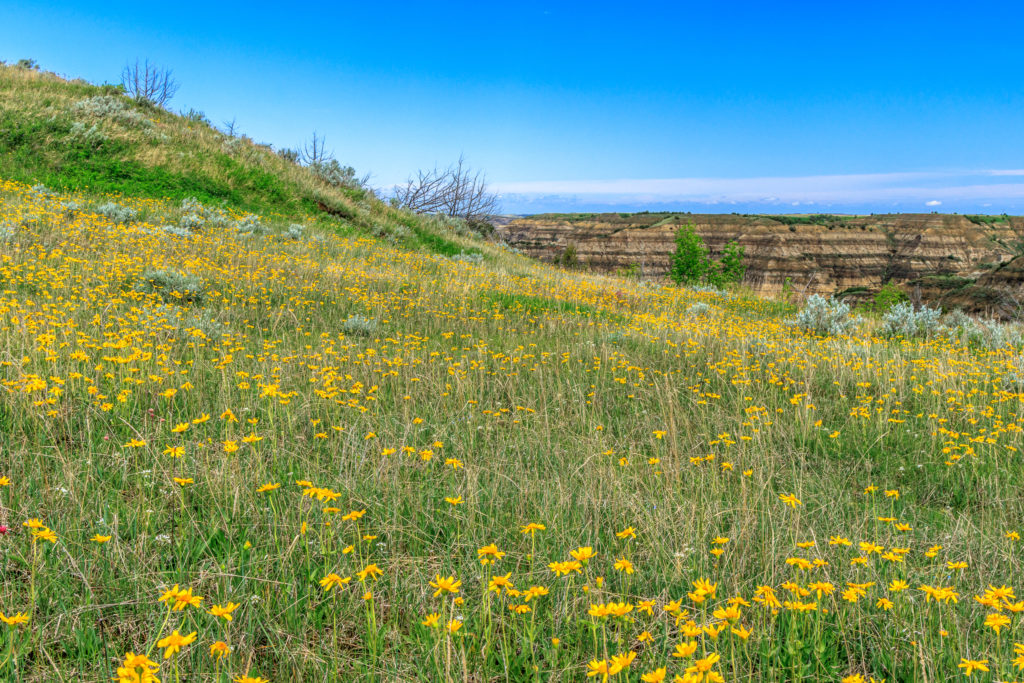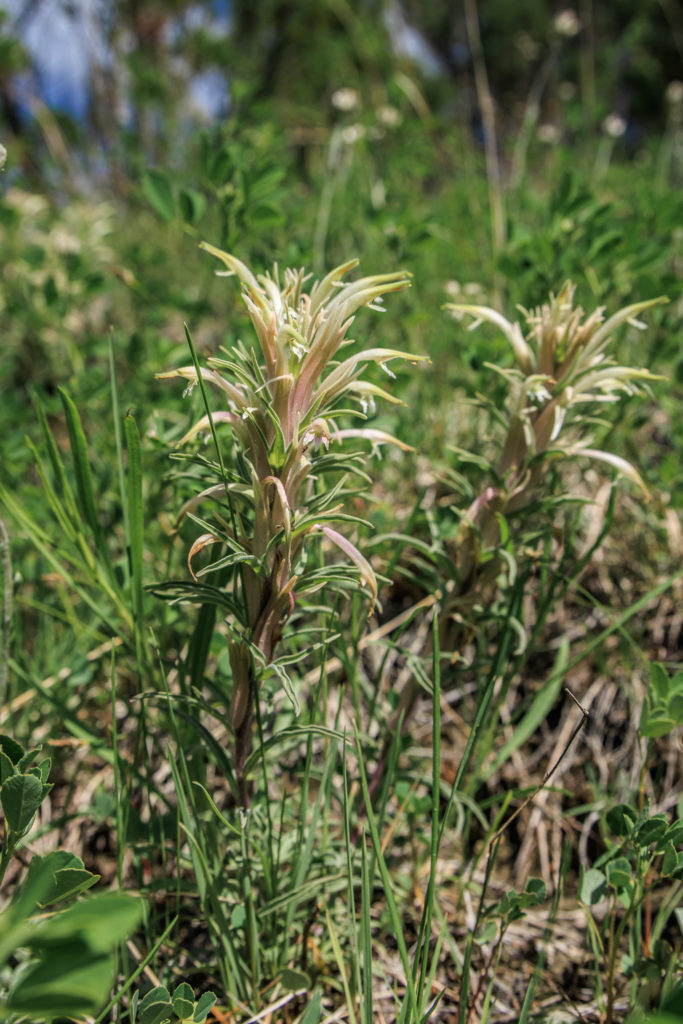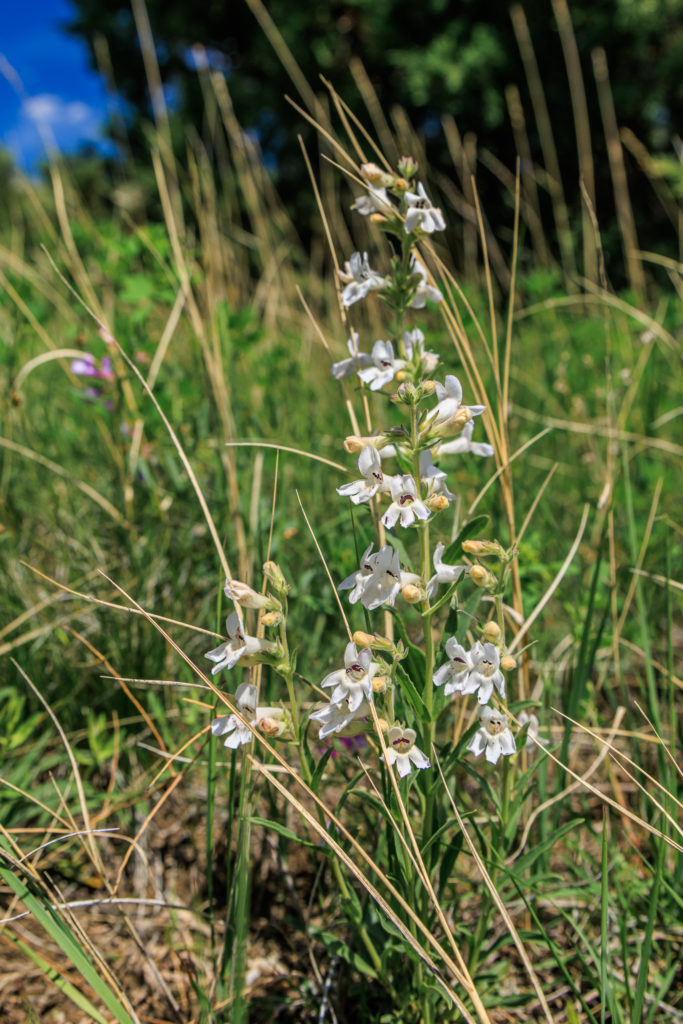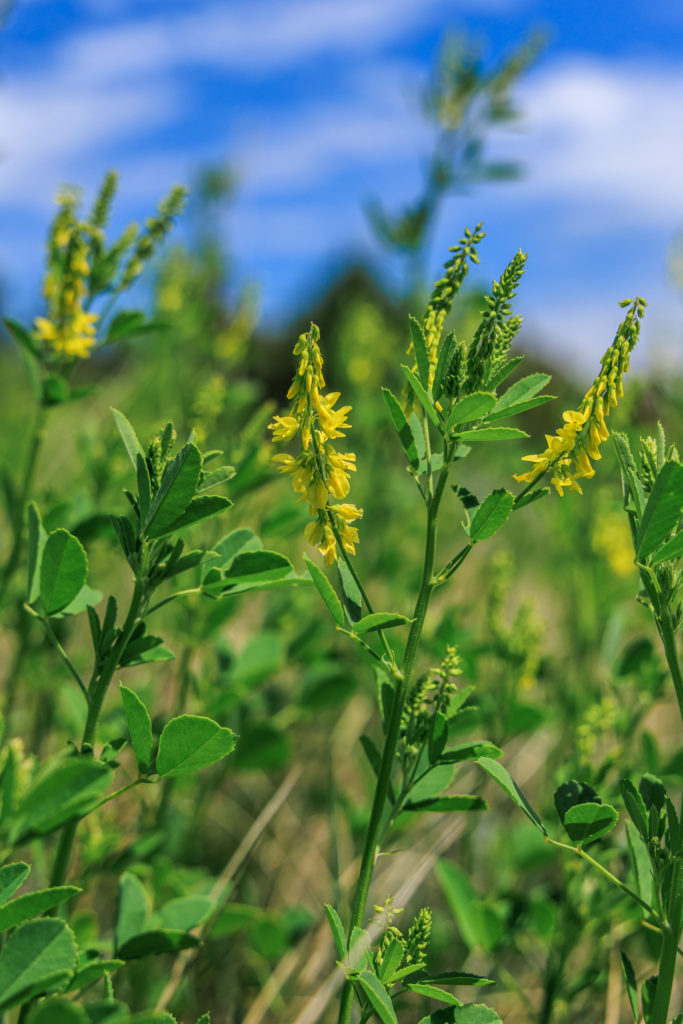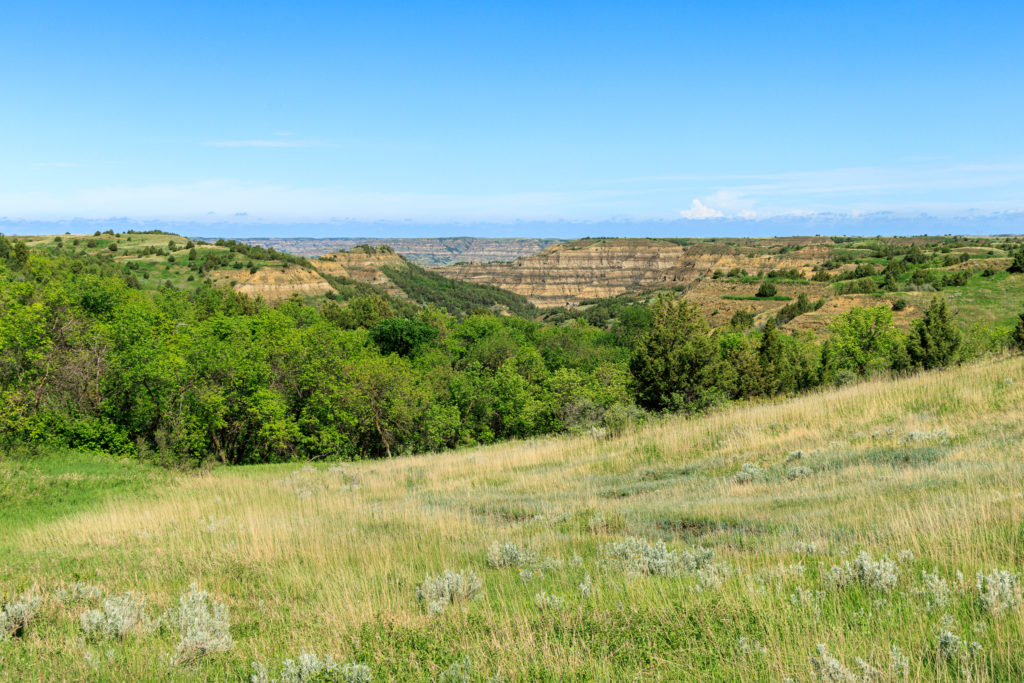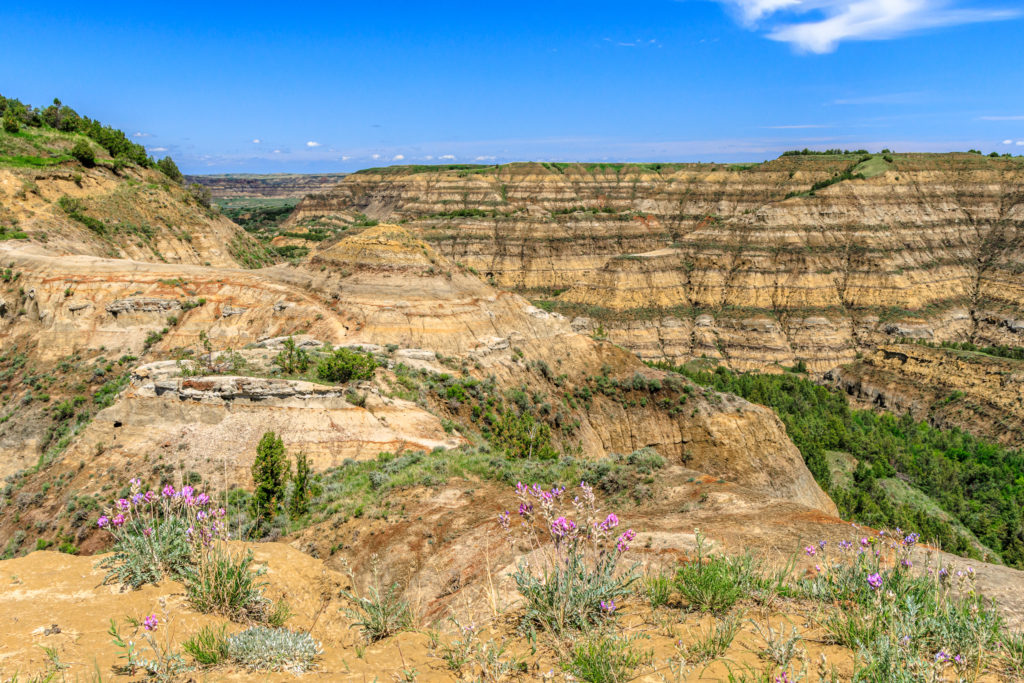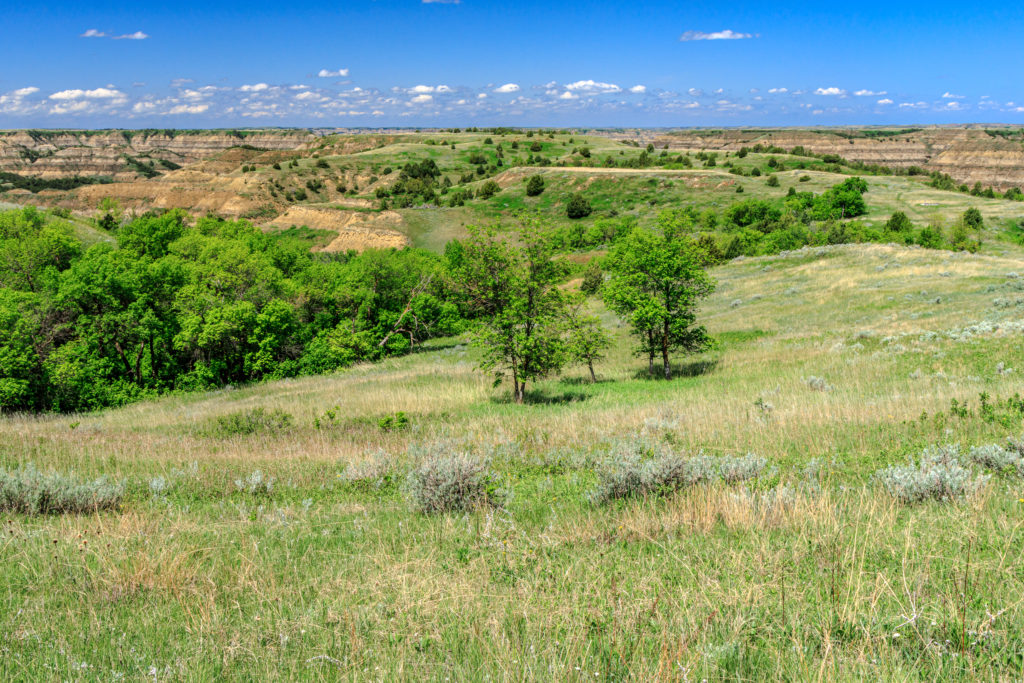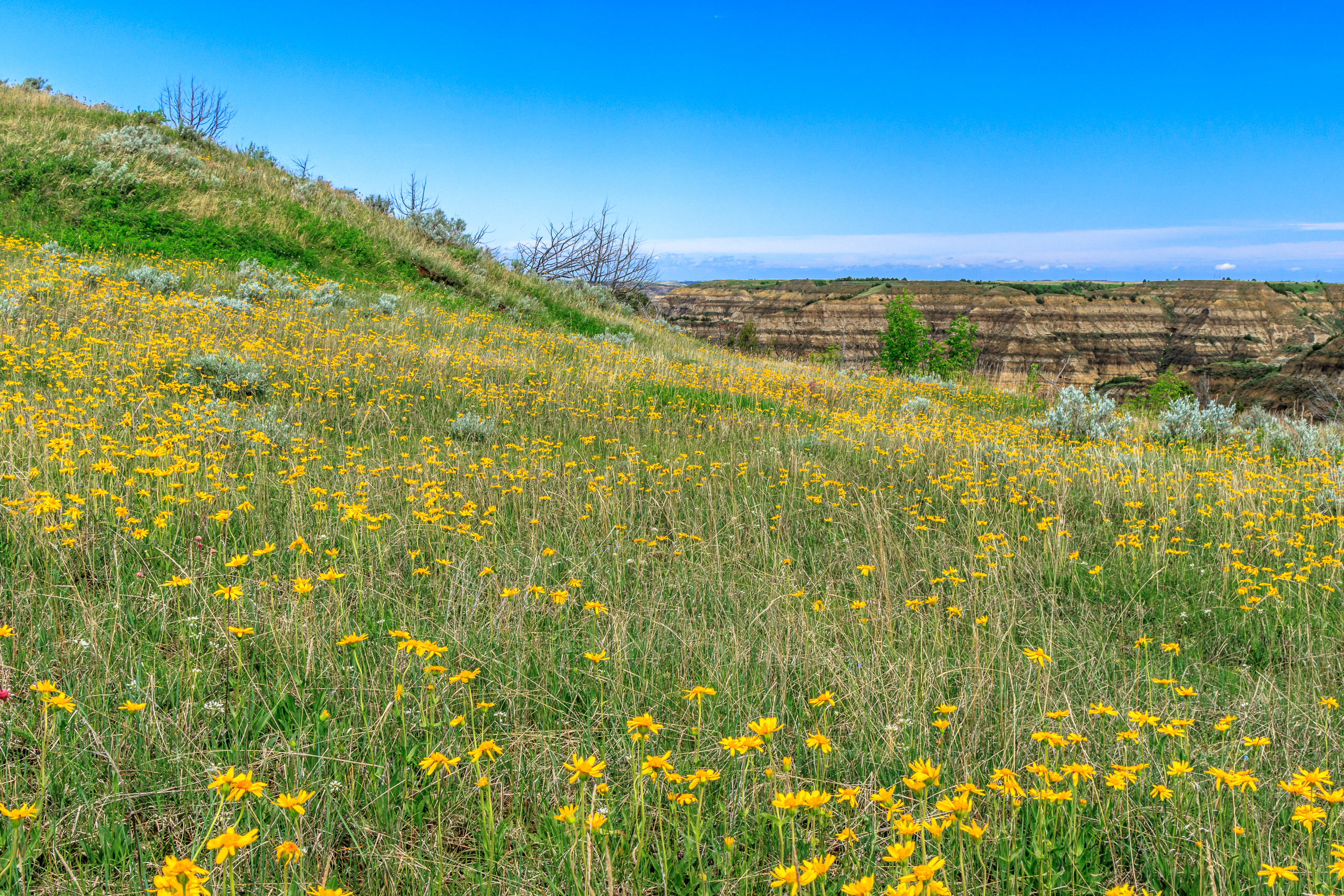With the school year over and nice weather upon us, I’ve had some free time to get out and explore the landscape beyond Williston. I’ve been out on the prairie twice to discover the array of early wildflowers in the grasslands. This is the time of year when I feel like I could actually enjoy this place. Unfortunately, it doesn’t last very long.
It’s said that there are only two seasons on the northern plains – a very long winter, and a short summer. Spring and Fall exist, but only for a week. All year round, the wind can blow strong, though there are calm days too. Winter here is tough. We get enough snow to block access to many recreation trails, but not enough snow to take out skis and snowshoes. To be fair, it’s a bit snowier east of here. Summers become very hot and dry. With no forests to take shade in, hiking in the summer heat can be miserable. And then there are the transition seasons. Fall might be more tolerable for hiking. It’s still dry, and the temperatures are more tolerable, but it can be quite windy. Strong winds are just as bad as a strong sun for turning a nice adventure into unpleasantness. Spring is wet. Wet from the snowmelt, and wet from rain. Spring is typically mud season anywhere you go, but here in the Dakota Badlands, the mud is an especially sticky and slick clay that is not only a nuisance to hike through but can be downright dangerous on those badlands slopes. Spring also comes with ticks, though that’s a hazard I can deal with and is not unique to this area.
The prairie greens up in early to mid-May, right around when my semester ends, and with the green comes the first wave of wildflowers. One of the earlier wildflowers is the Pasqueflower, or prairie crocus (Pulsatilla nuttalliana or Pulsatilla patens). This large purple flower dots the brown grasslands as early as March and is certainly a sign that winter is on its way out.
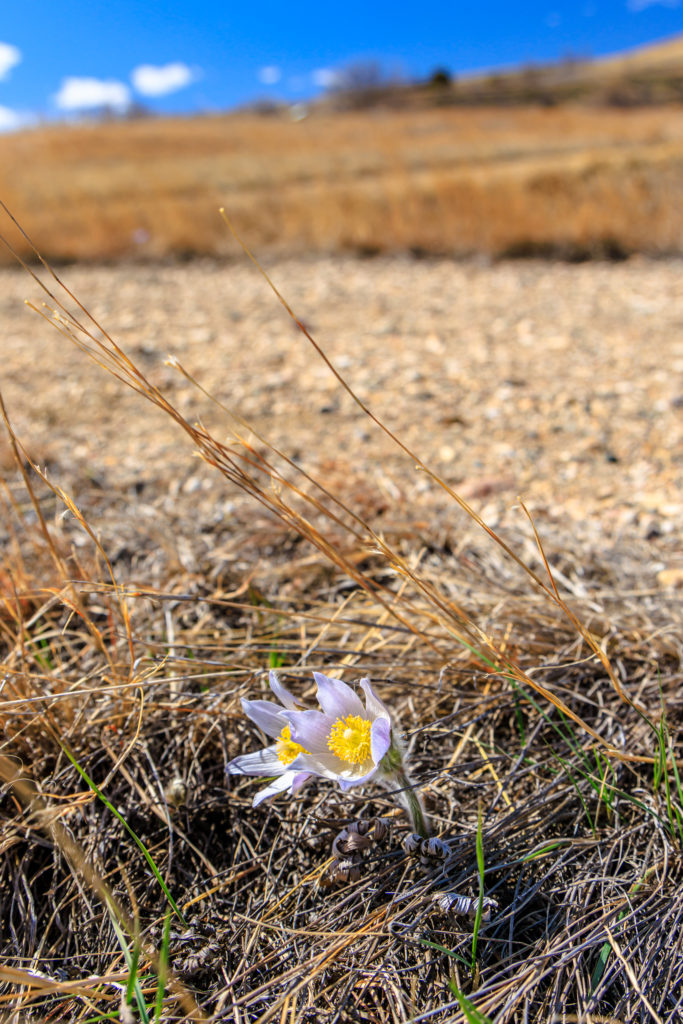
Last weekend, I made a trip down to the national grassland to find a geocache atop a butte. But as part of that hike, I found some flowers in bloom. One of those finds includes Fritillaria atropurpurea, a somewhat uncommon find for this area that blends in so well I almost lost it after getting the camera out to photograph it.
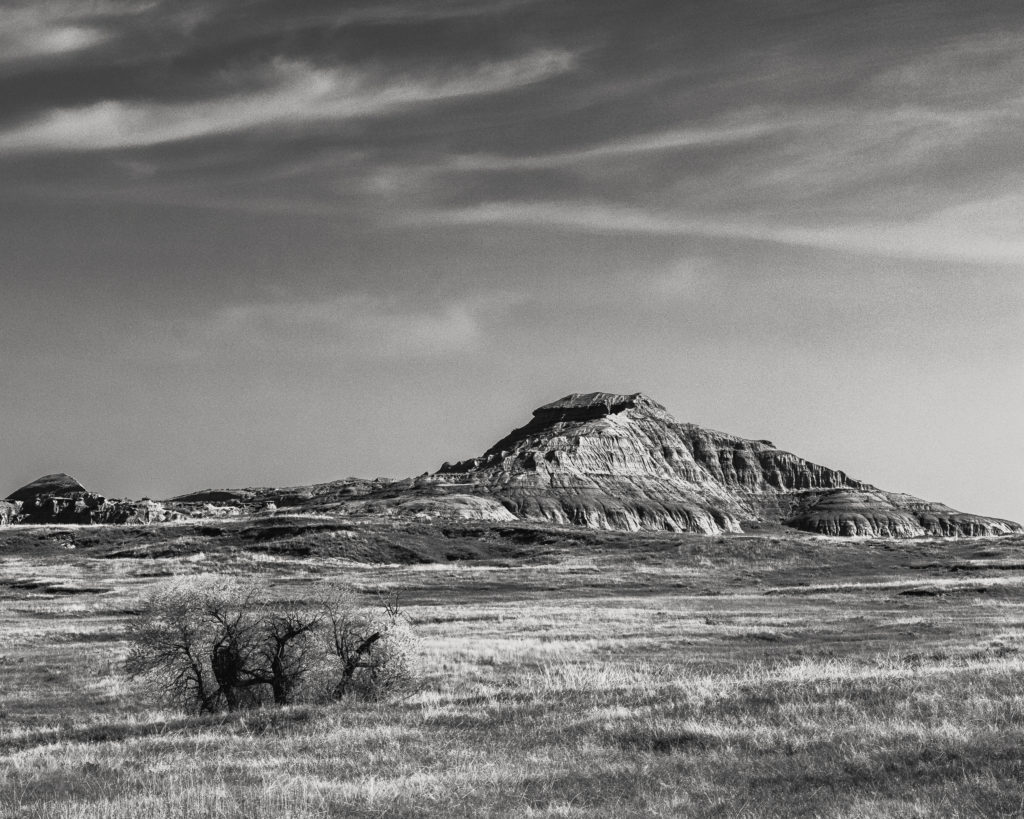
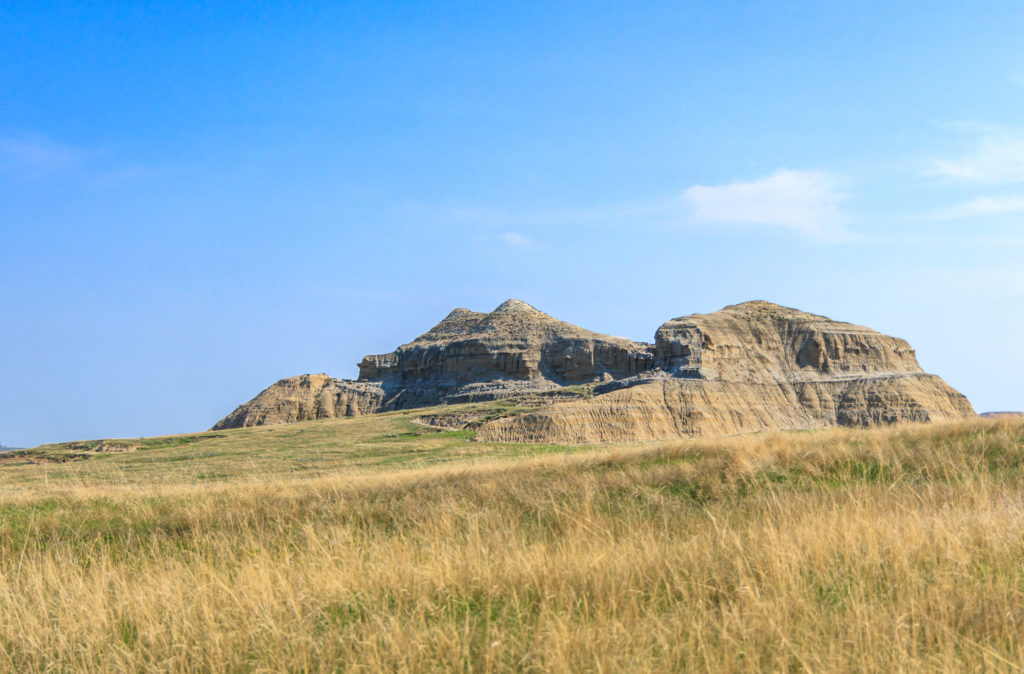
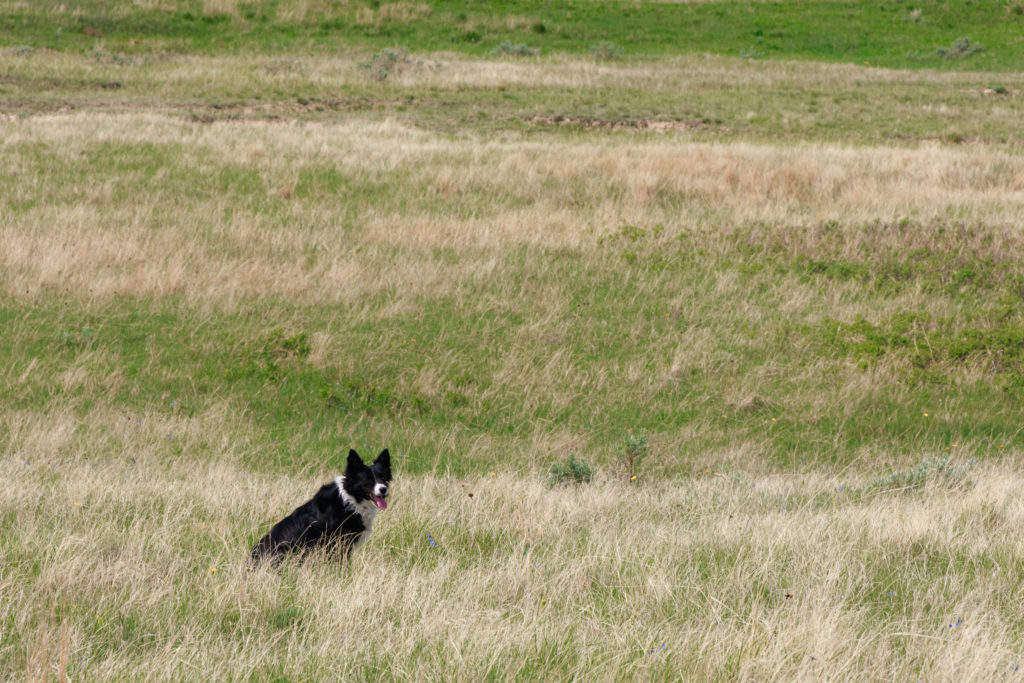
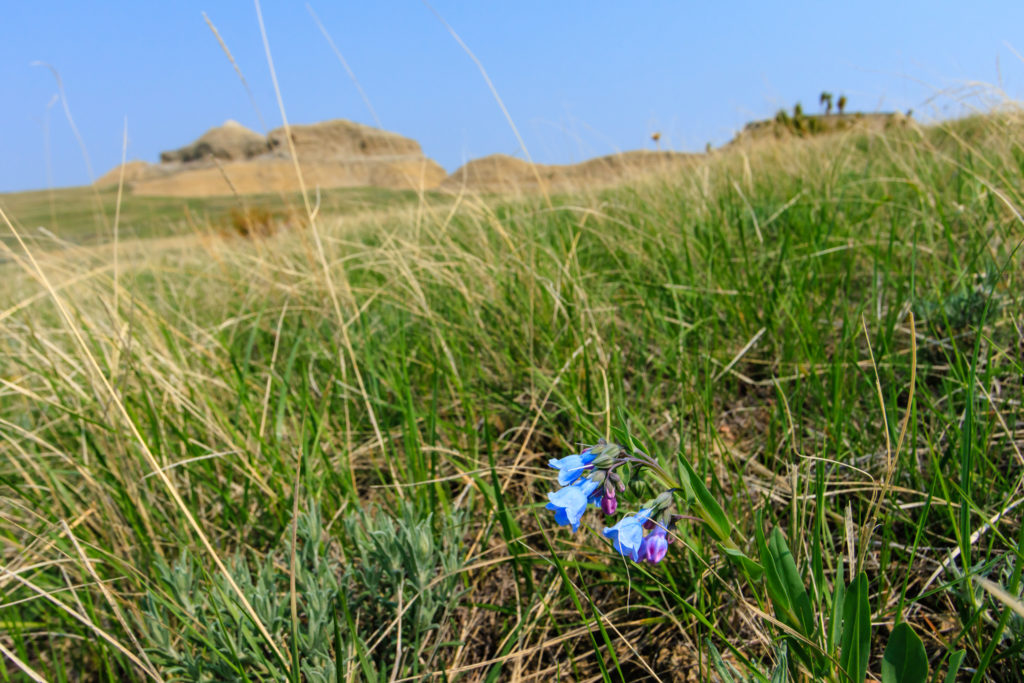
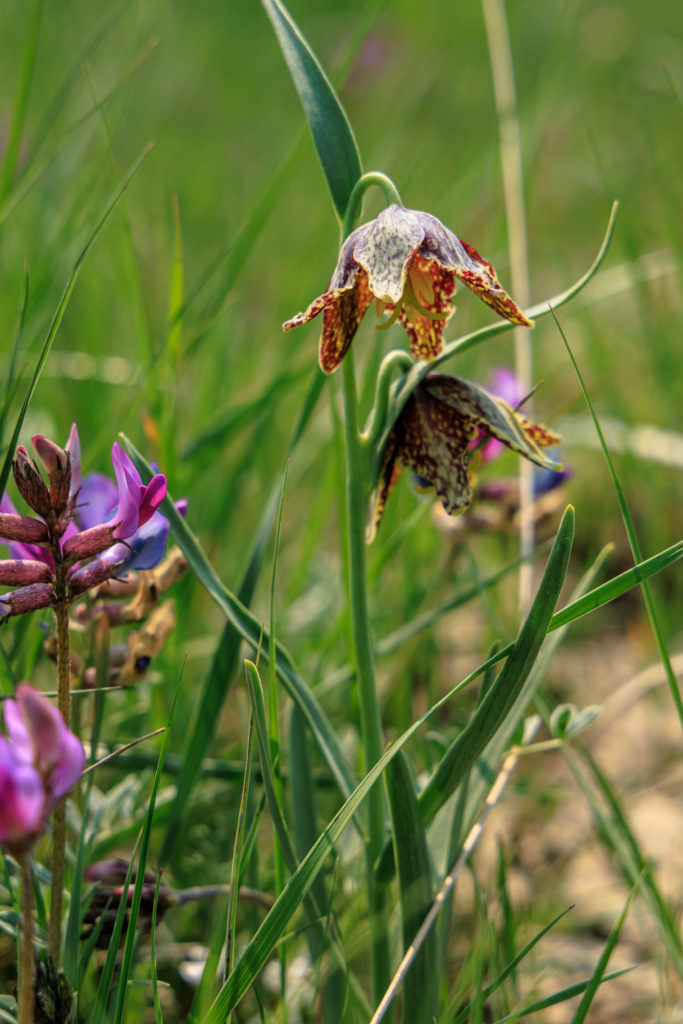
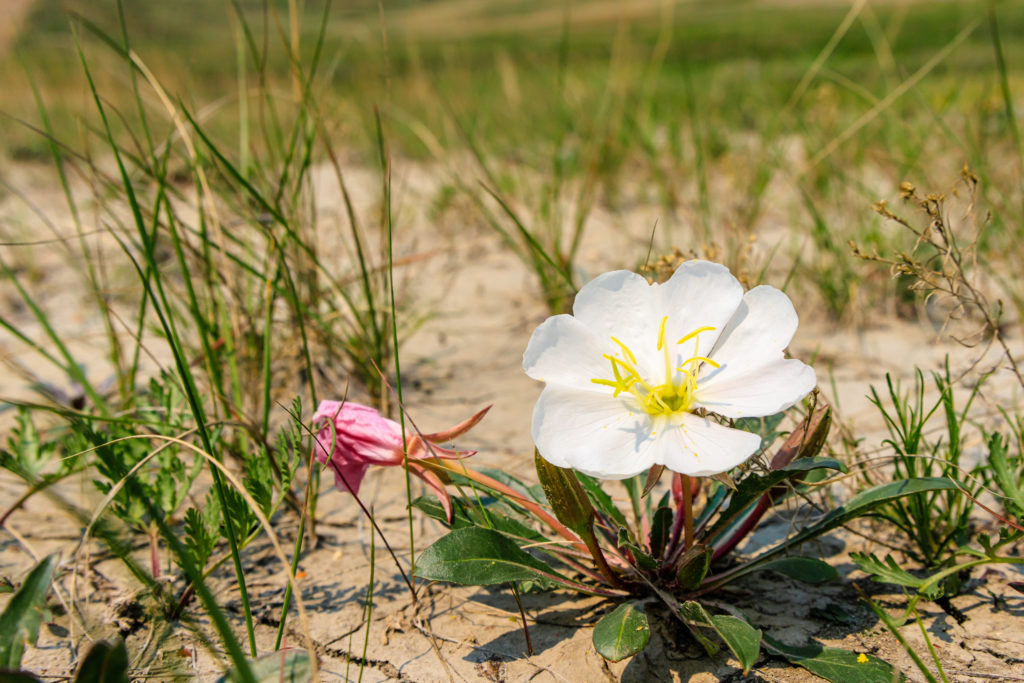
I didn’t take many photos on this adventure, instead opting for a video:
Enamored with my finds on that trip, I decided I had to get back on the prairie before the flowers disappeared to photograph and identify as many species as I could find. I opted for the Summit Trail which stays mostly on top in the prairie while still offering views of the badlands canyons of the Little Missouri River. I was not disappointed. Below is a gallery of my finds, plus a few scenic shots of the badlands. All of the images are also on my Flickr site with species tags. There are twelve distinct species photographed here, though I did see some repeats from last week, and I’m sure there are others I saw and passed up, and even more that I failed to notice.
